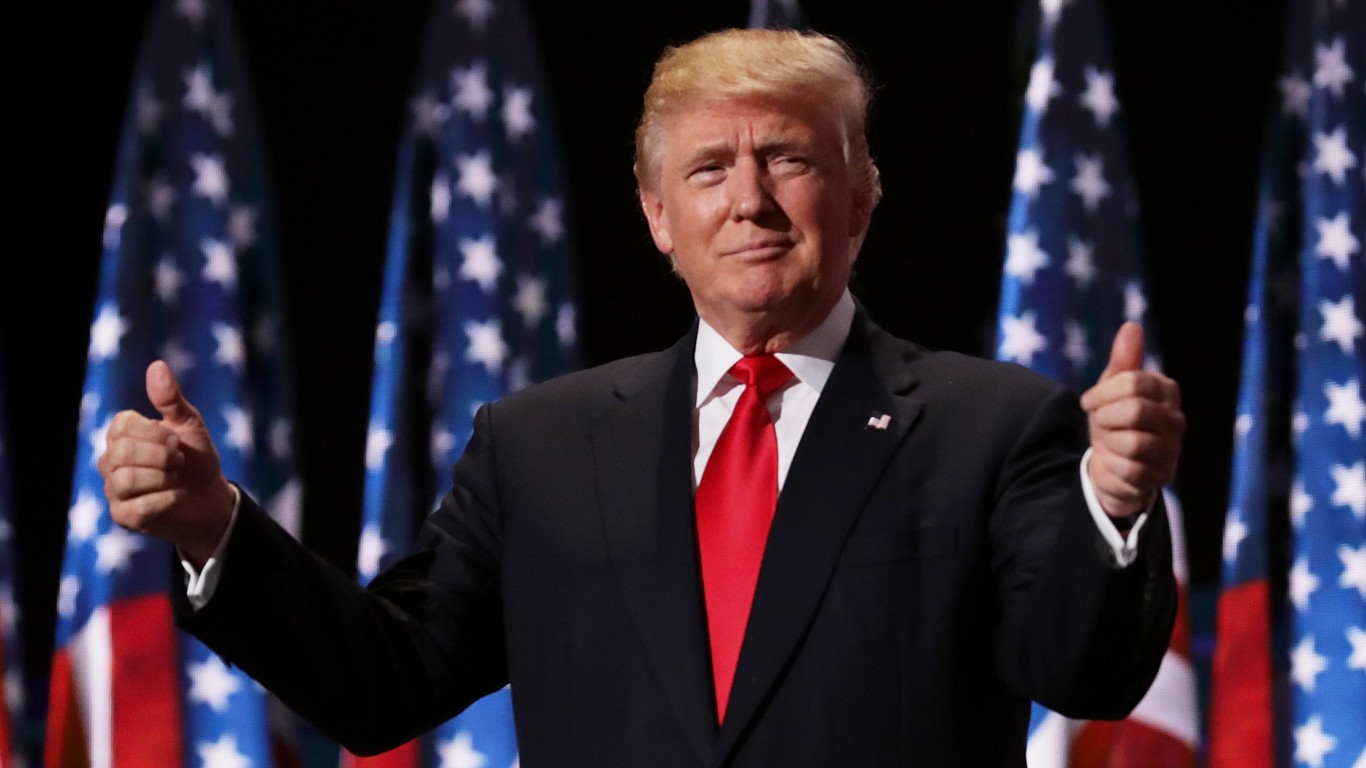
In 1992, about 412 companies had an initial public offering (IPO) in the United States. That was up from around 285 in the previous year but less than the 510 in the following year. Among the notable IPOs of 1992 were those of AOL and Bed Bath & Beyond, which are no longer public, and Starbucks Corp. (NASDAQ: SBUX). Other highly anticipated IPOs that year were Boston Scientific Corp. (NYSE: BSX) and Gilead Sciences Inc. (NASDAQ: GILD).
Boston Scientific and Starbucks raised about $400 million each in their IPOs, while Gilead Sciences brought in around $86 million.
The U.S. economy was recovering from recession in the early 1990s. Defense spending waned as the Cold War was ending, and Bill Clinton was elected president. Central banks employed restrictive monetary policy to combat inflation. Consumer confidence was also muted by oil prices after the Iraqi invasion of Kuwait, as well as the lingering effects of the savings and loan crisis. The S&P 500 closed at 435.71 that year, for an annual gain of about 4.5%. The Dow Jones industrials were up a little more than 4% for the year.
The following companies all had IPOs in 1992 and are still public. We have ranked them by how well the stocks have performed since then (as of the close on December 6 and split-adjusted).
Starbucks

- Company: Starbucks Corp. (NASDAQ: SBUX)
- IPO date: June 26
- IPO price: $17
- Recent price: $97.02 (+27,807%)
After the summer IPO for this Seattle-based coffee retailer, its shares ended 1992 with a gain of more than 66%, and they peaked in the summer of 2021 at more than $126 apiece. Starbucks had just 165 stores when it went public and now has around 35,700 worldwide. The consensus price target is up at $114.33, and analysts on average recommend buying shares, despite recent issues with slowing growth and unionization pressure.
Gilead Sciences
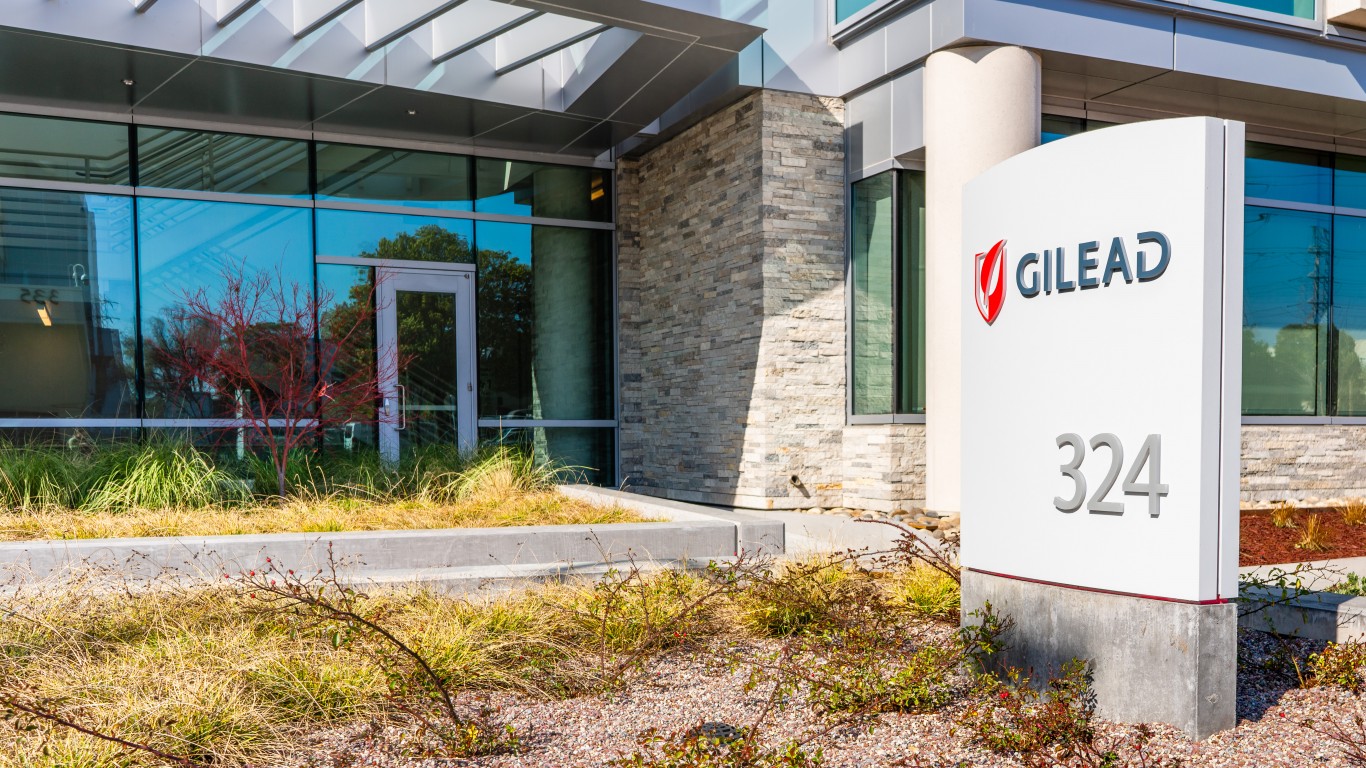
- Company: Gilead Sciences Inc. (NASDAQ: GILD)
- IPO date: January 22
- IPO price: $15
- Recent price: $79.36 (+12,139%)
This American biopharmaceutical company had one of the year’s most anticipated IPOs. Shares went out at about $22, and the IPO raised about $86.25 million. However, they quickly dropped below the IPO price and ended 1992 down about 5%. The stock went on to hit an all-time high above $122 in the summer of 2015. Strong cancer drug sales boosted the company’s most recent quarterly results, and the $89.76 consensus price target indicates the stock has some room to run.
D.R. Horton

- Company: D.R. Horton Inc. (NYSE: DHI)
- IPO date: June 5
- IPO price: $1.13
- Recent price: $133.61 (+8,579%)
When founder Donald R. Horton took this homebuilder public, the offering raised about $40 million. The company now is a Fortune 500 member, and it has been the largest homebuilder by volume in the United States since 2002. But shares retreated after the IPO, and the stock ended 1992 more than 11% lower. Shares were last seen trading a couple of bucks shy of their all-time high, but the consensus price target is up at $142.75.
Synopsys

- Company: Synopsys Inc. (NASDAQ: SNPS)
- IPO date: February 26
- IPO price: ~$7
- Recent price: $527.49 (+6,762%)
Despite falling below the IPO price in the spring and summer, the stock ended 1992 with a gain near 10%. The stock recently reached an all-time high above $560, as the Silicon Valley tech company benefits from the recent enthusiasm for artificial intelligence. The consensus price target is $600.36, and seven out of nine analysts who follow the stock recommend buying shares, four of them with Strong Buy ratings.
Buckle

- Company: Buckle Inc. (NYSE: BKE)
- IPO date: May 6
- IPO price: ~$2
- Recent price: $41.65 (+1,957%)
This Nebraska-based fashion retailer had around 100 stores in 18 states when it went public, and now it has about 450 stores in 44 states. Shares began trading near $2 and remained steady in early going. However, the stock ended 1992 with a gain of almost 95%, and it has trended higher since. The stock is a top pick of renowned value investor Bill Miller, but analysts overall rate the shares at Hold.
Mohawk Industries

- Company: Mohawk Industries Inc. (NYSE: MHK)
- IPO date: April 1
- IPO price: $10
- Recent price: $93.40 (+1,213%)
The Georgia-based provider of flooring products went public with 3,600,000 shares. Investor enthusiasm was initially cool, but the stock managed to end 1992 over 38% higher. The share price peaked at above $286 late in 2017. The stock is down more than 10% this year, and the consensus price target of $94 indicates that analysts do not anticipate any real upside in the next 12 months.
Boston Scientific
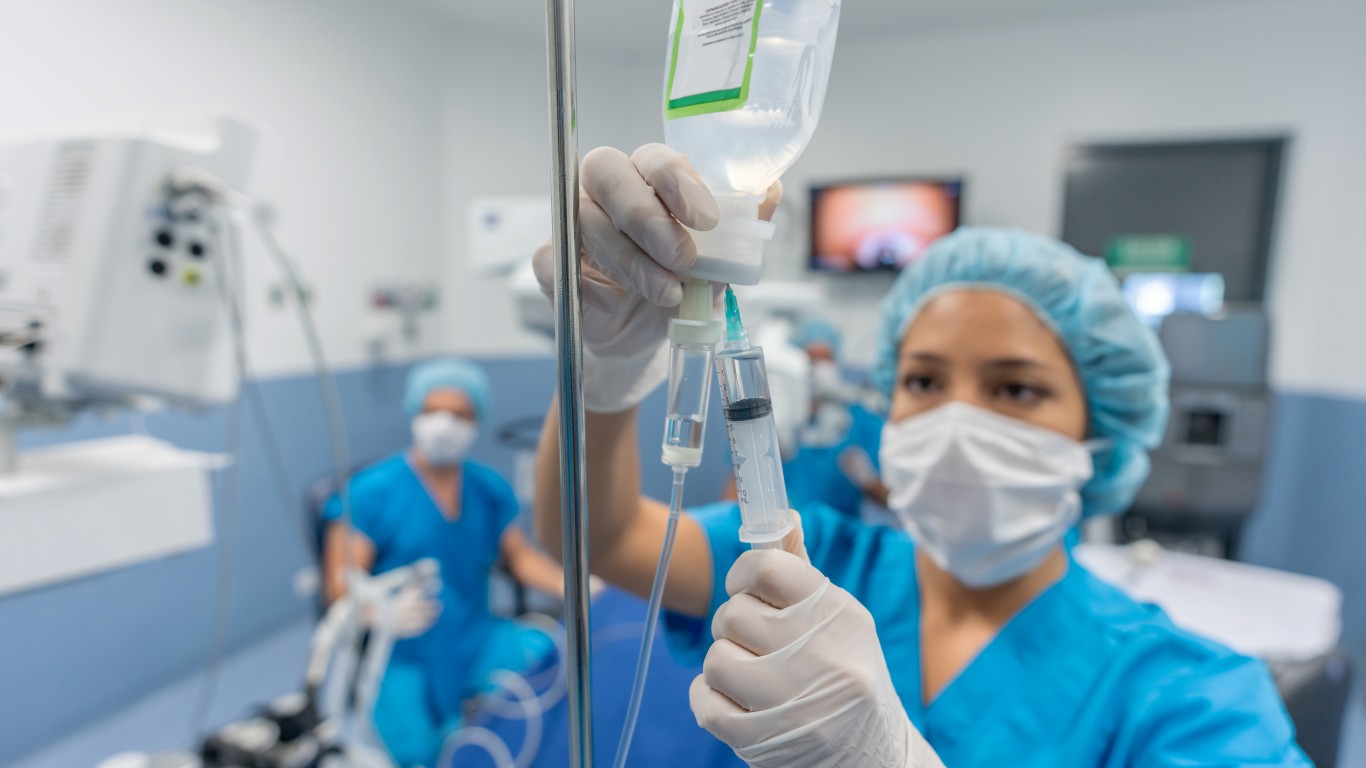
- Company: Boston Scientific Corp. (NYSE: BSX)
- IPO date: May 19
- IPO price: $17 per share
- Recent price: $54.82 (+1,102%)
This medical devices maker had been growing by acquisition when it went public with 23.5 million shares in one of the most anticipated IPOs of the year. It has continued to do so since and now offers a wide variety of products worldwide. Investors were initially pleased, with shares popping 8% or so just after the IPO and ending 1992 nearly 22% higher. The S&P 500 was up less than 5% in that time.
Kohl’s

- Company: Kohl’s Corp. (NYSE: KSS)
- IPO date: May 18
- IPO price: ~$1.75
- Recent price: $22.64 (+1,059%)
This retailer went public with 11.1 million shares and did not look back, the stock price doubling by the end of 1992. Kohl’s started out as a corner grocery store in Milwaukee, Wisconsin, in 1927, and now it is one of the largest department store operators in the United States. However, the company has struggled since before the pandemic and has drawn interest from private equity.
Scotts Miracle-Gro

- Company: Scotts Miracle-Gro Co. (NYSE: SMG)
- IPO date: January 31
- IPO price: $19
- Recent price: $60.87 (+447%)
Scotts went public in 1992 and merged with Miracle-Gro three years later. Shares of this lawn and garden products maker ended 1992 more than 20% lower but climbed steadily after that until they surged during the pandemic. However, the stock has retreated more than 74% since it peaked in 2021. Note that for more than a decade the company has been focused on marijuana growth in addition to flowers and vegetables.
Topgolf Callaway Brands

- Company: Topgolf Callaway Brands Corp. (NYSE: MODG)
- IPO date: February 27
- IPO price: ~$4
- Recent price: $12.38 (+206%)
This California-based maker of sports equipment and apparel changed its name from Callaway Golf after the recent acquisition of TopGolf Entertainment. Shares traded below the IPO price for most of 1992, but by the summer of 1997 they were changing hands for more than $35 apiece. The company is now the world’s largest manufacturer of golf clubs. The consensus target price suggests almost 40% upside, despite disappointing guidance in the latest quarterly report.
Ligand Pharmaceuticals
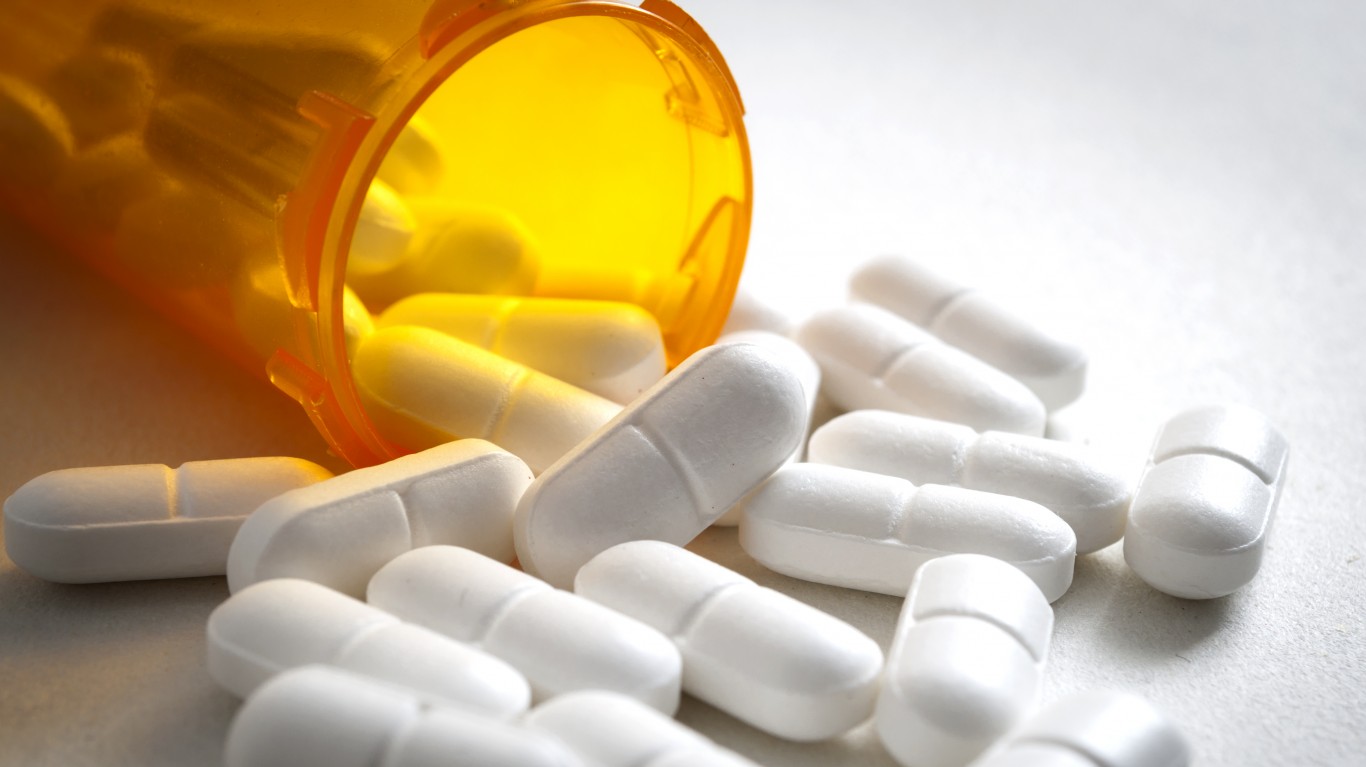
- Company: Ligand Pharmaceuticals Inc. (NASDAQ: LGND)
- IPO date: November 18
- IPO price: ~$48
- Recent price: $60 (+36%)
The share price jumped 10% or so following the IPO but quickly fell off afterward. The San Diego-based biopharmaceutical company has been favored by short sellers for, among other things, regulatory investigations, class action lawsuits and the ousting of one of its chief executives. Analysts still like the stock, calling Ligand a high-growth company with economic rights to some of the world’s most important medicines.
FuelCell Energy
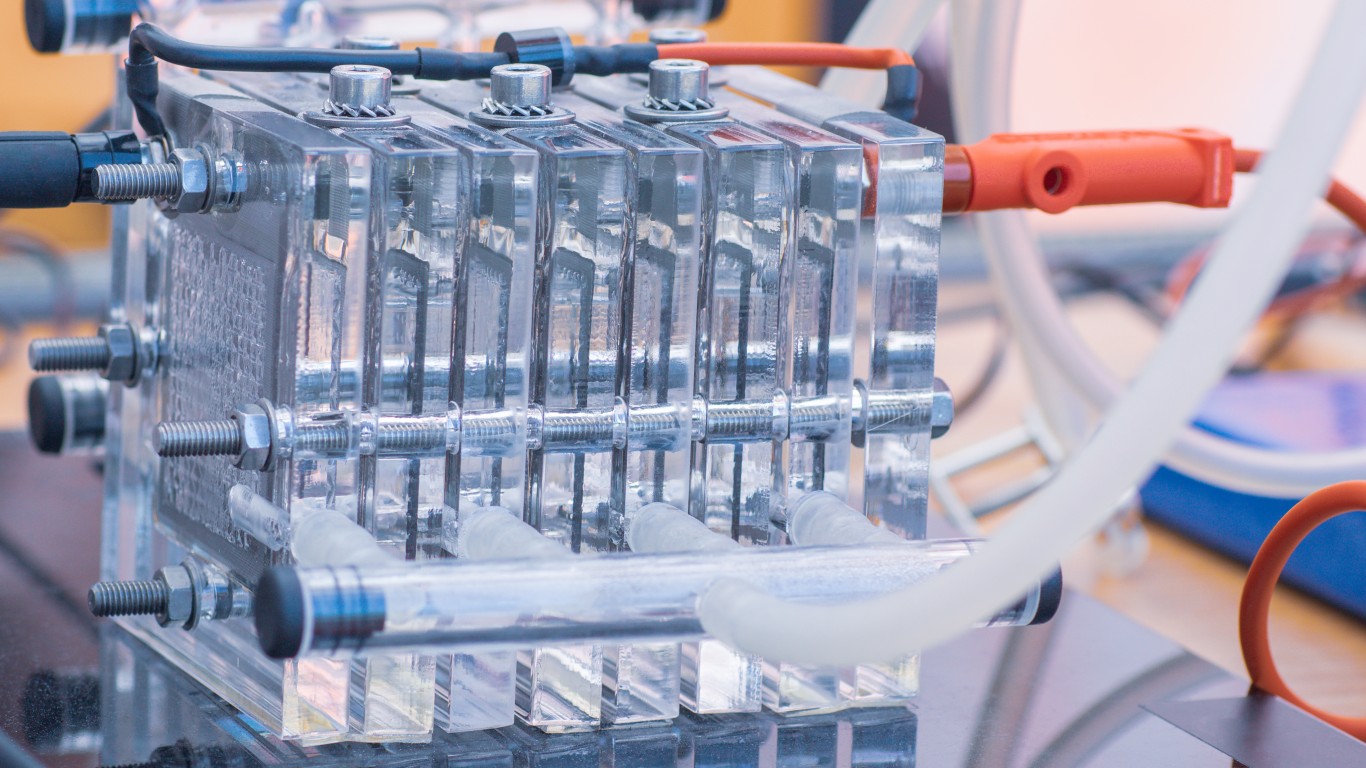
- Company: FuelCell Energy Inc. (NASDAQ: FCEL)
- IPO date: June 25
- IPO price: ~$220
- Recent price: $1.20 (−99%)
Shares of this Connecticut fuel cell manufacturer traded near the initial price for a few weeks before heading higher and ending the year up almost 69%. The stock peaked in the summer of 2000 at over $7,400 a share, but it has split five times since going public and had several secondary offerings. The company recently announced it intends to use artificial intelligence to lengthen the life of its products.
Are You Ahead, or Behind on Retirement?
If you’re one of the over 4 Million Americans set to retire this year, you may want to pay attention. Many people have worked their whole lives preparing to retire without ever knowing the answer to the most important question: am I ahead, or behind on my goals?
Don’t make the same mistake. It’s an easy question to answer. A quick conversation with a financial advisor can help you unpack your savings, spending, and goals for your money. With Zoe Financial’s free matching tool, you can connect with trusted financial advisors in minutes.
Why wait? Click here to get started today!
Thank you for reading! Have some feedback for us?
Contact the 24/7 Wall St. editorial team.




